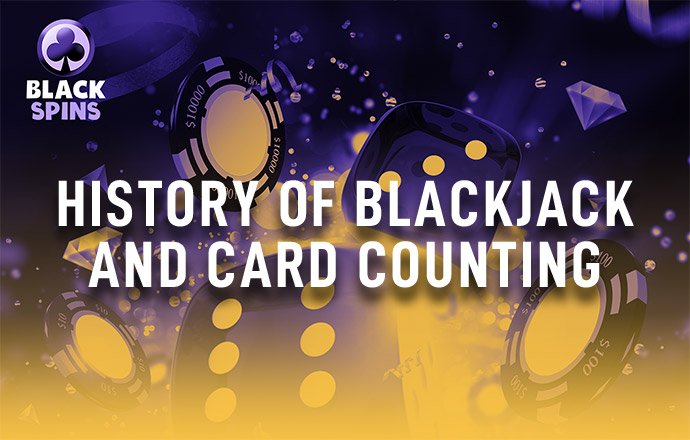The history of Blackjack originated from games in Spain and France and quickly spread to Europe, known as Vingt-et-un which meant 21 but was other games like Sette e Mezzo or Seven and a Half and Quinze or Fifteen had very likely existed before Blackjack. Arnold Snyder and Roger Baldwin are blackjack historians who argued that Trente-un, a Spanish game also referred to as Thirty-one happened to be a forefather of blackjack. Some old references that may have led to the start of 21 include one made in 1440 by a priest and another in 1570 made by author Miguel de Cervantes as Trente-un in one of his texts.

The main goal for having these games which involved cards which had value was moving close to certain worth without getting ruined. This game 21 quickly spread in Europe as it among the few games which required playing skills and not winning through luck. Players in this game decided whether to stand or hit and this gave players a sense of control. So, the history of Blackjack definitely dates back to a long long time.
Origin of History of Blackjack
This game started to pop up in other parts of the world soon after Europe and this happened to be in America regardless of if it was just tolerated or legal. In World War 1, the term Blackjack finally replaced the famous names Vingt-et-un or 21 after a hefty sum was offered to the player who got a blackjack and an ace of spades. The Americans, however, made up what they lacked the correct naming skills in the new roles of playing Blackjack, making this game beatable. New patterns were established in the house of standing on a seventeen and hitting on a sixteen and had to be followed by dealers who previously had options for hitting or standing.
In 1820, house-banked and legalized casino games popped up in New Orleans. Eleanore Dumont showed up in California during the mid-1800s at Nevada City and banked dealt this game to anyone willing to participate. She was a playing expert who was talented at maths, had good card handling skills and enjoyed a lot of success at the game. In 1931 in Nevada, house-banked blackjack was started and the need to have controls and standards to control actions would then be realized and implemented soon after establishing its lawfulness.
Card counting origin in History of Blackjack
Card counting was then established thirty years later after blackjack did. During the thirty year period, players thought about the game and how to best play it. Most of those players are used as points of reference by those who succeeded them and afterwards explored the characteristics of the game.
Some of them included Jess Marcum, Greasy John, and System Smitty. Others like McDermott, Maisel, Cantey, and Baldwin even wrote a book in 1957 titled Playing Blackjack to Win while referring to a basic approach and constantly keeping track of cards so as to tilt and win Blackjack in your favour.
From then on, inventions from different players on how to play the game started coming up adding rapidly to the age-old history of Blackjack. Edward Thorp, a mathematician developed a system known as ‘ten-count’ and discovered that with some mind aerobics, you stand at a higher chance of winning the game. Another was Harvey Dubner, a scientist who came up with Hi-Lo count system during Round Two of Beat the Dealer and was optimized by Julian, a computer programmer. Then came the Griffin Agency, Team Play, Wong as a Verb, Atlantic City, and Indian Casinos to the current state of playing this game.




